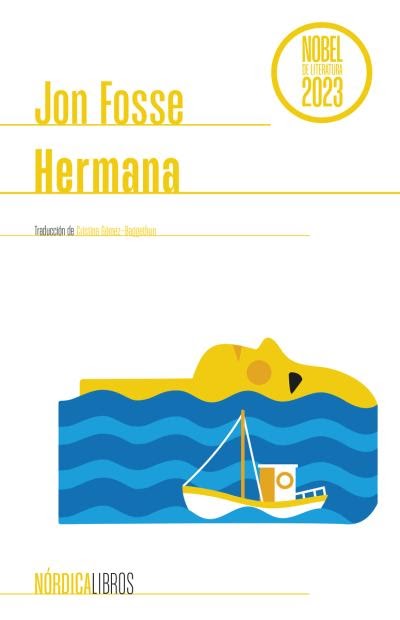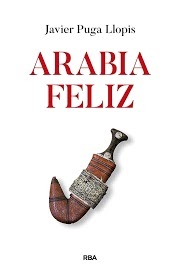
Original language: Norwegian
Original title: Sister
Year of publication: 2000
Translation: Cristina Gomez-Baggethun
Valuation: Advisable
Says the sash Sister that the work won the 2007 German Youth Literature Prize. Don’t be fooled: Sister It is a perfectly enjoyable text, also, for an “adult” audience.
Be that as it may, we are facing a novel or “long” story of about 45 pages (which can be read in one sitting, wow) that presents a story of initiation in which adult fears and childhood desires for freedom come face to face.
A melancholic/poetic beginning gives way to a giddy narrative full of repetitions, a product of the author’s use of free indirect style.
I think that is one of Fosse’s main successes. Because when the protagonist is a 4-year-old child you have two options:
- use the stream of consciousness, the first person, and make the voice sound fake and not credible (it comes to mind The dethroned prince of Delibes or Helena or the summer sea from Ayesta (yes, you can stone me), or
- use free indirect style and thus penetrate the protagonist’s thoughts without closing doors to more poetic descriptions or observations that seem strange in the voice of a 4-year-old child. I’m not saying that there can’t be poetry in the eyes of a 4-year-old child, but the risk of derailment is very high.
Furthermore, and as I said at the beginning of the review, I would highlight the complexity behind the apparent simplicity, since a minimal story like this gives rise to reflections of greater depth and content than it might initially seem. Could that be a necessary requirement to talk about good youth literature?
On the less favorable side, it is worth mentioning the options that appear and that do not quite come to the surface (oh, the mother of dwarfs). Sister It leaves me with the feeling of being a sketch or part of a larger project although, deep down, I don’t think it matters too much.
Source: https://unlibroaldia.blogspot.com/2024/10/zoom-hermana-de-jon-fosse.html


